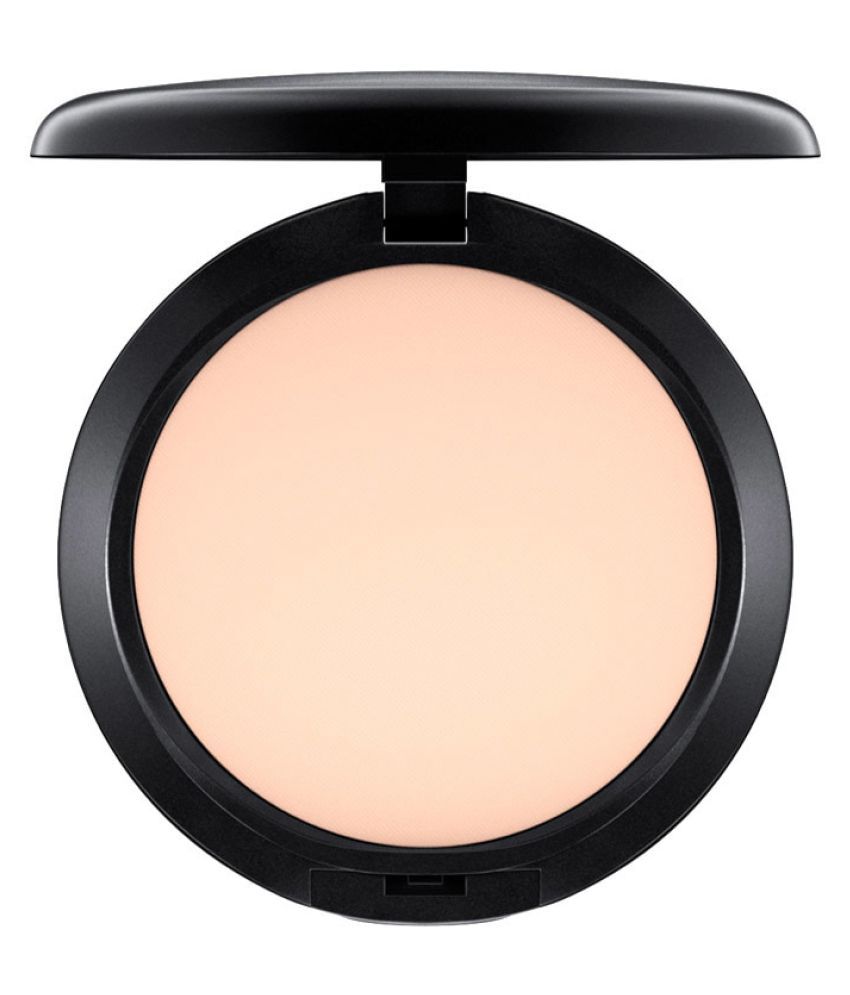

Reviews for mac fix plus powder foundation skin#
In it I essentially lamented the lack of a shade in between NC40 and N42 that would presumably match my skin perfectly. I wrote a post titled “ My love/hate relationship with MAC Studio Fix Powder Foundation” explaining the matter way back in 2012. (Not to be confused with my E! True Hollywood Story, which will never come into existence.) Without further ado: This, is my Studio Fix Powder Plus story. There does seem to be quite a number of people who have similar colouring as mine who have found themselves in the same quandary, so hopefully this will be of help to someone else. I will emphasise again that while I can give you a general overview of the range and how the naming system works, I can only talk about my own personal journey to finding a shade match. It’s no wonder sometimes even the Pros get it wrong. We’re not even talking about other factors like lighting, mixed heritage, skin acidity, and the colour of the shirt you were wearing while visiting a MAC counter. But the reality of it is that skin is a complex thing: a mix of browns (which are in turn a mix of red, yellow, purple, blue…) that are incredibly difficult to read. MAC artists should be able to match you with relative ease it is their job, after all. And In a perfect world, none of this would be your problem. Shades like NW30 on the other hand, although similar to NC35 in depth, clash with most Pinay skin because of the pink in it. NC35 is quite common in the Philippines as it’s a light-medium with warm undertones. You’re meant to find your shade by matching up your undertone + skin depth combination to a shade somewhere in the range. This post will solely be about the Studio Fix Powder Plus foundation and my experience finding a shade match. Other foundations from MAC (Matchmaster, Face and Body, Studio Sculpt, etc.) make use of different naming systems altogether, which can make finding a good match a dizzying affair. Note that the shades don’t translate exactly across formulas–even the Studio Fix Fluid foundation (which is meant to simply be the liquid version of this) behaves differently. Many also use their MAC shade match from the Studio Fix range to describe their foundation colour in casual conversation. It is one of MACs most well-known and loved products, so most people who take an interest in makeup will probably check it out at least once in their lives. This little chart is also from Sharon’s blog. I take no credit for it and it’s missing some shades, but wanted to include it here to give you a visual of the Studio Fix Powder Plus range. I don’t fully understand it so I won’t attempt an explanation, but I read on someone else’s blog that it helps to think of NC as “not cool” and NW as “not warm.” A former MAC makeup artist, Sharon Farrel, explains it all much more clearly in this useful post. The reason behind that has something to do with the colour wheel and colour theory. The same goes for the “NW” shades applying to cool skin instead of warm. Looks pretty straightforward, but you may have noticed that although “NC” stands for “Neutral Cool” the NC shades are geared toward women with warm, golden skin tones. NC- “Neutral Cool” – best for golden beige skin When you get to the letter designations for undertones, it gets slightly more confusing:Ĭ- “Cool ” – best for yellow/golden/olive skin

The numbers increase with depth and that’s about the easiest part to explain.
Reviews for mac fix plus powder foundation pro#
While most popular brands stick with relatively simple descriptive shade names, MAC, being a pro brand, uses a system that allows them to be precise in their description of a wide selection of shades.

The naming system involves a combination of letters and numbers that denote undertone and depth respectively. Anyone who isn’t a MAC makeup artist is going to be slightly overwhelmed when first faced with the Studio Fix Powder Plus shade range.


 0 kommentar(er)
0 kommentar(er)
